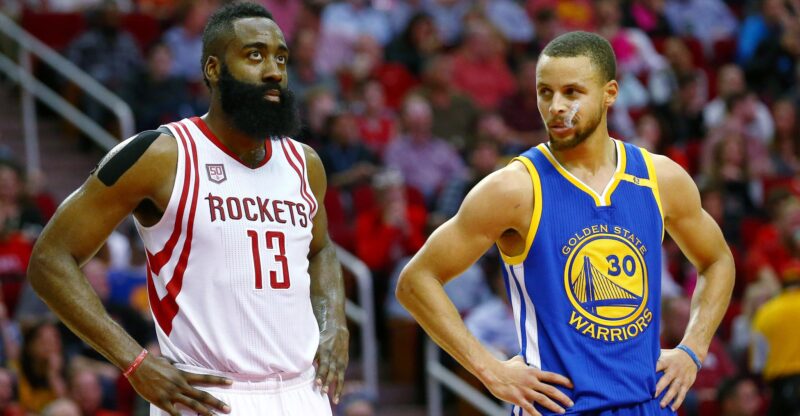Basketball, like many sports, has evolved over the years. With this evolution, the traditional roles of players have become more fluid. Today, we’re focusing on two key positions: the point guard and the shooting guard.
So if you’ve ever wondered about the flexibility of basketball positions? Specifically, can a point guard really switch it up and play as a shooting guard? Read on.
Point Guard vs. Shooting Guard
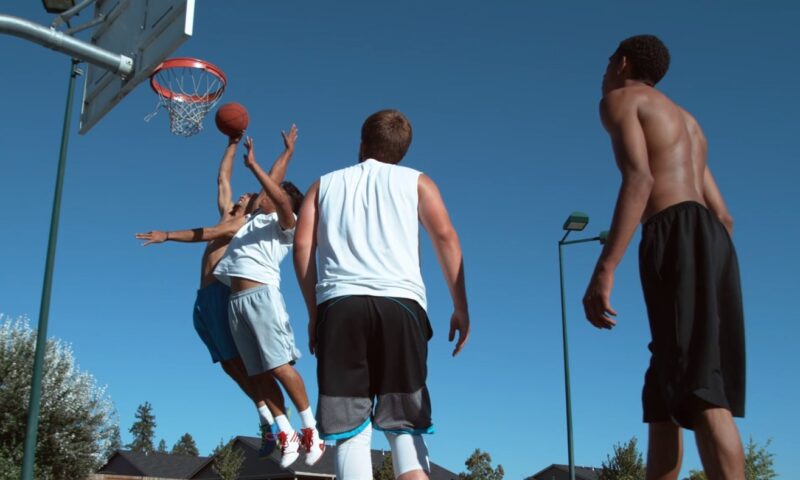
Point Guard
- Ball Handling and Distribution: The point guard, often referred to as the “one” or the “floor general,” is the primary ball handler. They’re responsible for ensuring the ball gets to the right player at the right time.
- Setting Up Plays and Controlling the Pace: Think of them as the quarterback of basketball. They need to understand the coach’s game plan and execute it, controlling the game’s tempo.
- Playmaking and Facilitating for Teammates: A point guard’s role isn’t just about scoring. They set up plays, ensuring their teammates are in the best positions to score.
Pro Tip: A great point guard always keeps track of the shot clock, game clock, score, and even the number of timeouts left!
Shooting Guard
- Scoring Points: As the name suggests, shooting guards are often the team’s primary scorers. They’re known for their jump shots, three-pointers, and ability to drive to the basket.
- Defending: They’re not just about offense. Shooting guards also defend against opposing guards and perimeter players.
- Providing Spacing and Offensive Options: By being a scoring threat, they can create space for their teammates, offering more offensive options.
Positional Flexibility
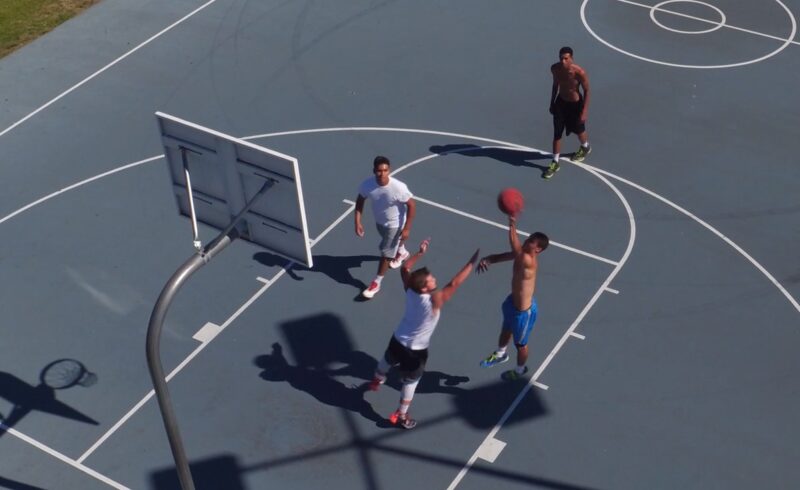
Skillset Compatibility
- Shooting and Scoring Ability: Both positions require players to score, but the methods might differ. While point guards facilitate plays, shooting guards often have a more direct approach to scoring.
- Defensive Skills and Versatility: Defense is crucial in basketball. The ability to defend multiple positions adds to a player’s versatility.
- Passing and Playmaking Proficiency: While point guards are traditionally the primary playmakers, shooting guards with good passing skills can add another dimension to the offense.
Physical Attributes
- Height, Wingspan, and Agility: In the NBA, point guards usually range from 6 ft 1 in to 6 ft 4 in, while shooting guards are typically between 6 ft 4 in and 6 ft 6 in. Physical attributes can influence a player’s ability to switch between positions.
- Speed and Quickness: The ability to move quickly, both with and without the ball, is essential for both positions.
Team Strategy and System
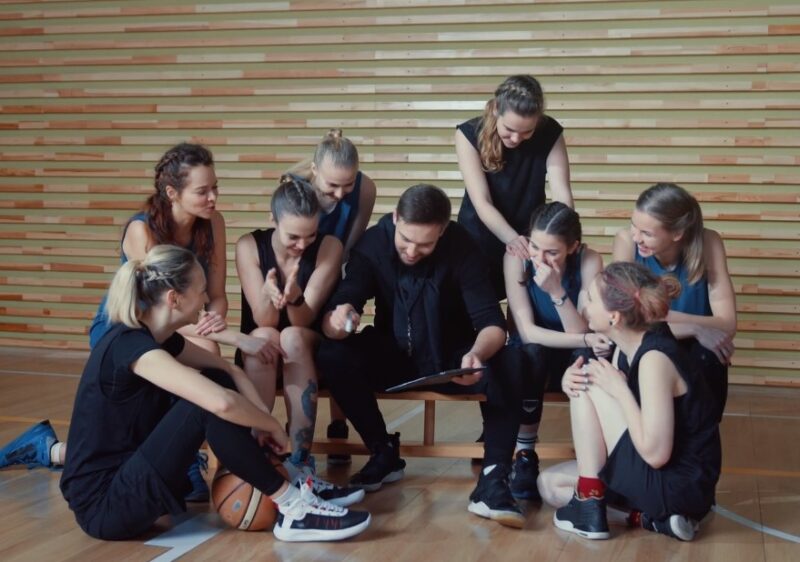
- Offensive Schemes and Play Styles: Depending on the team’s play style, a player might be more suited to one position over the other. A scoring point guard can play shooting guard next to a more conventional point guard, while a playmaking shooting guard can take over as playmaker when no point is on the court.
- Defensive Tactics and Switching Assignments: Modern basketball often involves “switching” on defense, where players defend different positions based on the situation. This makes the defensive side of the ball more positionless, and allows for multiple instances of the same position to be on the court at the same time.
Examples of Successful Positional Transitions
- Stephen Curry: Initially known as a point guard, Curry’s game evolved to include elite shooting skills, making him a combo guard. His ability to play off the ball and complement other guards has been a game-changer for the Golden State Warriors.
- James Harden: Starting his career as a shooting guard, Harden transitioned into a primary ball handler and point guard role with the Houston Rockets. This shift allowed the Rockets to utilize Harden’s exceptional scoring and playmaking abilities in a new position.
Challenges and Considerations
Switching between the roles of a point guard and shooting guard isn’t as easy as lacing up a different pair of sneakers. Here are some challenges players might face:
- Defensive Assignments: Guarding bigger or more agile players can be a daunting task. It requires a different defensive approach and can be physically demanding.
- Adapting to New Roles: Every position has its unique responsibilities. Adapting to a new role means understanding different offensive and defensive schemes, which can be mentally challenging.
- Skill Development: It’s not just about playing a new position; it’s about excelling in it. Players might need to develop new skills or refine existing ones to fit their new roles.
Pro tip: Transitioning between roles requires not just physical agility but also a high basketball IQ!
Benefits of Positional Flexibility
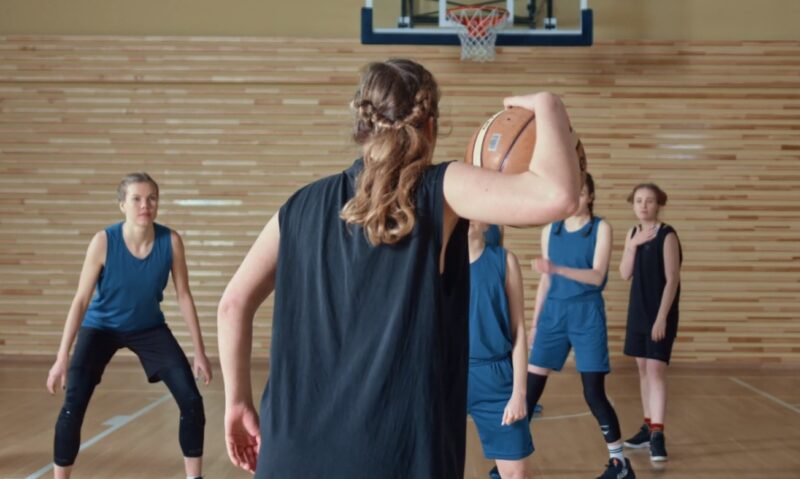
So, why would players want to switch positions? Here are some perks:
- Creating Mismatches: A point guard with the scoring ability of a shooting guard can be a nightmare for defenses. They can exploit mismatches and keep the opposition guessing.
- Team Versatility: Teams with players who can play multiple positions can adapt to different game situations more effectively. It’s like having a Swiss army knife in your lineup!
- Player Development: For the players themselves, learning multiple positions can aid in their overall development. It broadens their understanding of the game and can open up new opportunities in their careers.
- Innovative Lineups: Coaches love having options. Having players with positional flexibility allows for more creative lineup combinations, giving teams an edge over their opponents.
Coaching and Player Development
When it comes to nurturing positional flexibility, coaches play a pivotal role. They’re the architects behind the scenes, crafting strategies and molding players to fit into multiple roles.
- Skill Development: Coaches often organize drills and training sessions tailored to develop skills required for new roles. For instance, a point guard transitioning to a shooting guard might undergo rigorous shooting drills.
- Basketball IQ: Understanding the game is crucial. Coaches invest time in building players’ basketball intelligence, ensuring they can make smart decisions on the fly, regardless of their position on the court.
- Mental Conditioning: Transitioning roles isn’t just a physical challenge; it’s a mental one too. Coaches work on players’ mental resilience, preparing them for the challenges of playing multiple roles.
Fun fact: Some of the most successful NBA teams have coaches who prioritize player versatility!
FAQ
Why is positional flexibility becoming more prominent in modern basketball?
With the game evolving, teams are looking for ways to gain a competitive edge. Having players who can play multiple positions provides strategic advantages and allows teams to adapt to various game situations.
What are the most common interchangeable positions
Point Guard and Shooting Guard: Often referred to collectively as “guards,” these positions require similar skill sets, especially in ball-handling and scoring. Players who can play both roles are sometimes termed “combo guards.”
Small Forward and Shooting Guard: Both positions demand versatility in scoring and defense. Players who can transition between these roles are known as “swingmen.”
Small Forward and Power Forward: In the modern “small-ball” era of basketball, many teams use smaller lineups where a traditional small forward might play the power forward position, especially if they have the strength and agility to defend bigger players.
Power Forward and Center: With the game evolving towards more perimeter-oriented play, many power forwards who have the height and strength also play the center position, especially in lineups aiming for more speed and spacing.
Wrapping It Up
Basketball, like all sports, is ever-evolving. The lines defining positions are becoming more blurred, and players are no longer restricted to traditional roles. The potential for point guards to successfully transition to shooting guards, and vice versa, is a testament to this evolution.
Embracing this flexibility can elevate both team performance and individual careers. So, next time you watch a game, keep an eye out for those versatile players – they’re changing the game!
